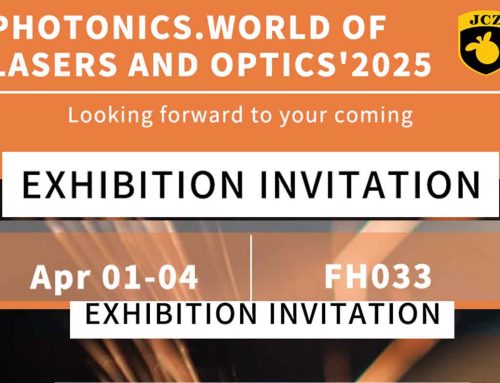Ultraviolet (UV) pulsed lasers represent a significant milestone in the evolution of laser technology, offering a range of applications across various fields. These high-energy light sources are capable of creating short, intense pulses of UV light, allowing for remarkable precision in material processing, scientific research, and medical applications. As industries increasingly adopt UV pulsed lasers, their versatility and effectiveness pave the way for innovations that were previously unimaginable.
One of the most notable characteristics of UV pulsed lasers is their ability to effectively ablate materials without causing much thermal damage. This is particularly advantageous in delicate applications like microelectronics, where traditional laser processes often lead to unwanted thermal effects that can compromise the integrity of the components being manufactured. By emitting laser pulses in the UV spectrum, these lasers can remove material with high precision, enabling the fabrication of intricate designs and patterns on semiconductor materials.
In the realm of medicine, UV pulsed lasers have gained traction due to their effectiveness in various surgical procedures. They can be used for tissue ablation, targeted treatment of tumors, and even the precise removal of unwanted skin lesions. The short pulse duration minimizes thermal diffusion, which reduces collateral damage to surrounding tissues. This precision not only enhances the overall outcome of surgical procedures but also significantly reduces recovery time for patients.
Another important application of UV pulsed lasers is in the field of micromachining. As industries continue to push the boundaries of technology, there is an increasing demand for components with extremely fine features. UV lasers excel in this area, as they can create micro and nanostructures on a variety of materials, including metals, ceramics, and polymers. This ability opens new avenues for the production of highly functional devices, such as optical components, sensors, and medical devices.
Further driving the demand for UV pulsed lasers is their role in the development of advanced materials. Layered materials and composites often require precise processing techniques to achieve the desired properties. UV pulsed lasers can be employed to selectively modify the surface properties of these materials, enhancing adhesion, wettability, and other critical factors without the hazards associated with traditional mechanical methods. This capability is especially essential in developing high-performance materials for automotive, aerospace, and electronics applications.
Research and development in the field of UV pulsed lasers are continuously evolving. New innovations, such as increased repetition rates and improved energy efficiency, are being introduced, further expanding the scope of applications. These advancements not only enhance the capabilities of existing laser setups but also reduce operational costs and energy consumption. Consequently, industries are increasingly willing to invest in UV pulsed laser technology, knowing that the long-term benefits will outweigh initial expenditures.
Moreover, the integration of UV pulsed lasers with automation and smart technologies is transforming traditional manufacturing processes. The combination of laser systems with robotics and artificial intelligence opens a new frontier in automated manufacturing, allowing for real-time adjustments and improvements based on performance metrics. This leads to enhanced productivity and quality control, critical factors in maintaining a competitive edge in today’s globally connected market.
Despite their many advantages, the adoption of UV pulsed lasers does come with challenges. The need for specialized training for operators, along with the safeguarding of materials during processing, can be obstacles for some industries. Furthermore, the initial investment in UV laser technology can be substantial, which might deter smaller companies from adopting such advancements. However, as technology continues to evolve and the benefits of UV pulsed lasers become more evident, these barriers are likely to diminish.
In conclusion, UV pulsed lasers represent a powerful tool in today’s technologically-driven landscape. Their ability to deliver high precision, minimal thermal damage, and versatility across various applications positions them as critical components in modern industry and research. As innovations continue to emerge, the future of UV pulsed lasers seems bright, promising further advancements that will drive efficiency and create new possibilities across multiple fields.
由用户投稿整理稿件发布,不代表本站观点及立场,仅供交流学习之用,如涉及版权等问题,请随时联系我们(yangmei@bjjcz.com),我们将在第一时间给予处理。





